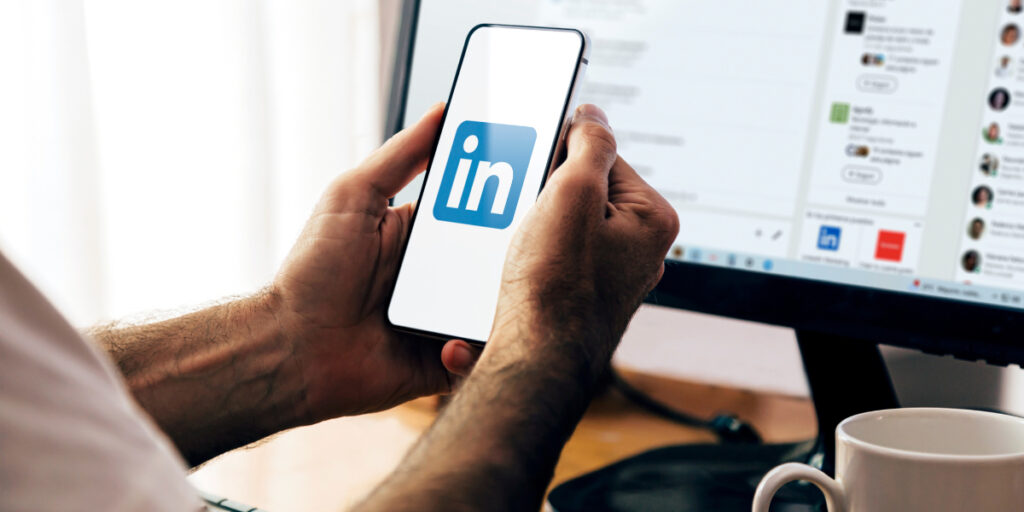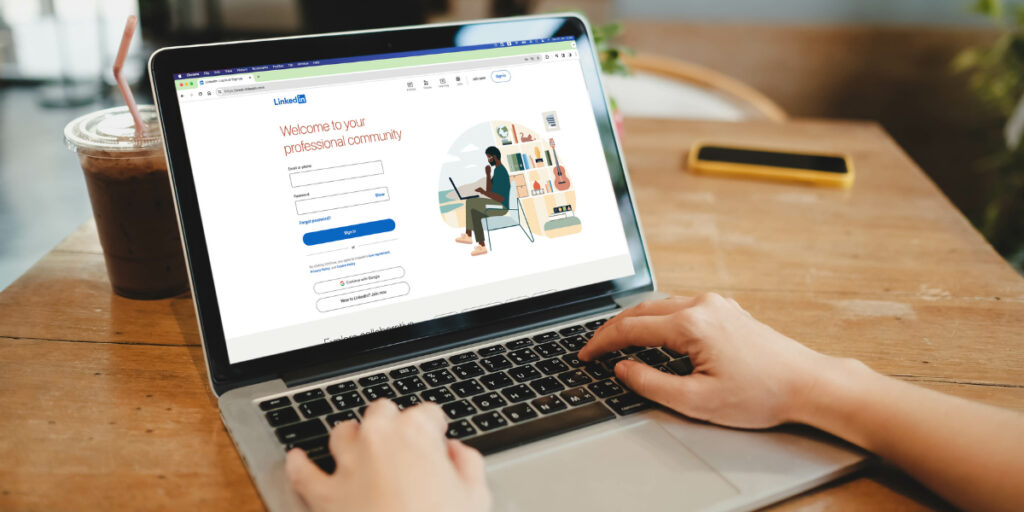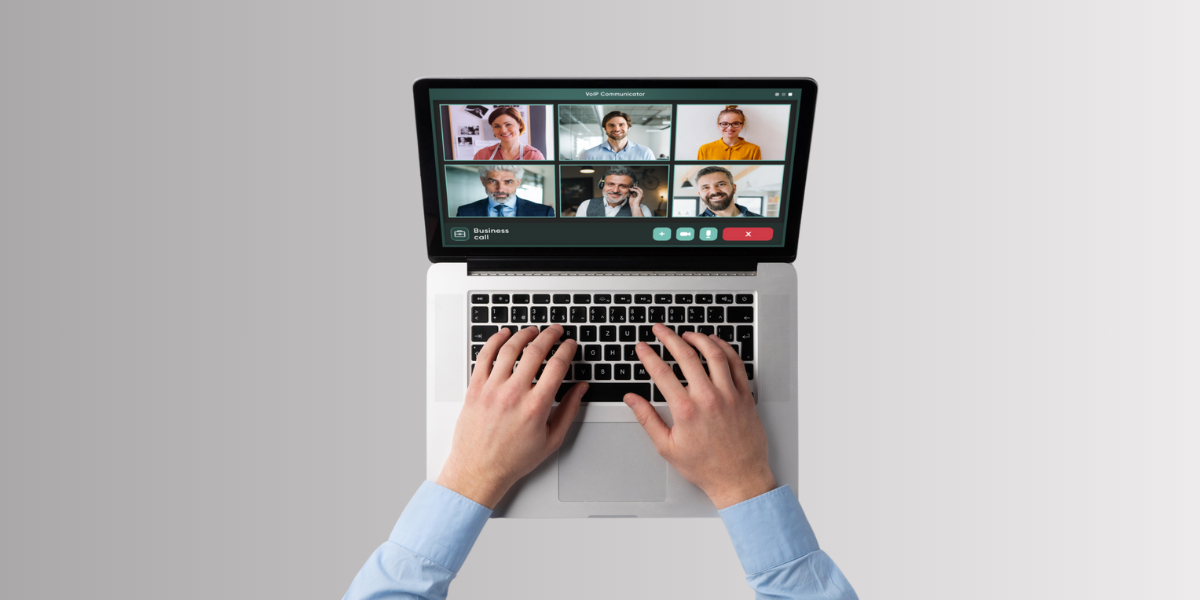
Sending a connection request should feel like starting a friendly conversation at a professional event, not a sales pitch in disguise. LinkedIn etiquette guides the way, helping people approach each interaction with respect and purpose.
By understanding what builds trust and what annoys, professionals create stronger, more valuable networks. LinkedIn etiquette is about meaningful relationships—ones that support careers and open doors to new opportunities, both for you and your contacts.
Exploring the key practices, examples, and pitfalls of LinkedIn etiquette ensures you avoid alienating valuable connections, grow your reputation, and truly engage in a modern professional community. Let’s dig deeper into effective strategies together.
Personalizing Connection Requests Makes an Immediate Impact
Personalized requests stand out because they show you’ve invested genuine thought. Sending a generic “I’d like to add you to my network” feels transactional and can turn off potential contacts right away.
Instead, a brief, sincere message referencing a shared point—such as a mutual acquaintance or recent post—often leads to a warmer, more receptive response. Personalizing your approach lays the essential groundwork for a real relationship.
Referencing Shared Interests Elevates Your Approach
A scripted line like “Saw your post on sustainable finance—let’s connect!” provides a reason for your outreach and makes it about the other person, not just you. This boosts engagement from the outset.
An inviting tone and a mention of relevant content establish credibility, while curiosity—”I’m also passionate about X, would love to hear your experience”—opens the door for future dialogue. This approach instantly invites trust.
Just as you’d compliment a speaker at a live event before exchanging cards, referencing shared interests on LinkedIn demonstrates professionalism and social awareness, two pillars of effective linkedin etiquette.
Acknowledging Events or Groups Adds Specificity
Suppose you connect after attending a conference. Saying, “We both attended the Tech Leadership panel Friday. Your comments on remote teams really resonated with me,” connects the dots between digital and real-world interactions.
Shared group memberships—”Notice we’re both part of the Sustainability Advocates group”—signal relevance and increase acceptance rates, while also inviting richer conversations moving forward. Opening with specificity strengthens the initial bridge.
In these scenarios, you move beyond digital small talk and start collaborating as peers or equals, a mindset core to linkedin etiquette and beneficial connections.
| Request Style | Acceptance Rate | Typical Response | Takeaway |
|---|---|---|---|
| Generic Request | Low | Ignored or declined | Personalize to boost interest |
| Personalized with shared interest | High | Engaged reply | Reference specifics for rapport |
| Direct ask without context | Very low | No reply | Give a reason to connect |
| Brief follow-up after event | Medium | Polite response | Mention event or interaction |
| Detailed, relevant message | Highest | Enthusiastic acceptance | Combine interest, events, goals |
Sharing Value: Posting and Commenting with Purpose
Adding value is actionable—every comment, share, or post should be anchored in helping, informing, or inspiring others. When you participate, readers see your expertise and generosity firsthand.
Being selective matters. Instead of reacting to everything, focus on posting thoughtful takes on topics relevant to your industry or audience. Your goal isn’t noise but resonance and memorability.
Posting Strategies That Elevate Your Visibility
Consistent, concise updates on trending topics, personal learning, or practical advice draw attention from coworkers and industry peers. Try sharing a case study, asking for feedback, or reflecting on lessons from a recent project.
- Share actionable insights that others can implement today; this demonstrates expertise and invites appreciation, not just attention.
- Curate industry news, adding your unique spin so followers know why it matters.
- Share milestones, but frame them to highlight teamwork or insights, not just self-praise.
- Start conversations with open-ended questions for genuine engagement, like “What approach has worked for you?”
- Tag or mention those who contributed to your project to foster gratitude and signal appreciation.
Each of these actions positions you as a supportive, thoughtful voice in the LinkedIn community, a key part of linkedin etiquette and authentic networking.
Commenting Tactics That Build Relationships
Writing more than “Great post!” helps you stand out. For example, you might say: “Your point about flexible schedules matches my recent project’s results. Would you recommend any measurement tools?”
- Offer specific feedback so your response isn’t mistaken for spam; real conversations drive connections and future recommendations.
- Ask practical follow-up questions to open deeper discussions; this also attracts others with similar curiosity.
- Disagree respectfully only if you provide evidence or constructive alternatives, modeling healthier debate across the network.
- Publicly congratulate achievements and share how they inspired you, not just a generic “Congrats!”
- Bridge insights by tagging others with relevant expertise, amplifying your value to both the original author and broader audience.
Thoughtful comments signal respect and intelligence—people remember who contributed meaningfully rather than who chased visibility.
Follow-Up Messaging: Sustaining Engagement Beyond the First Touch
Timely, thoughtful follow-ups turn single encounters into lasting relationships. A quick thank-you or a relevant article link sustains momentum, keeping your name top-of-mind for future collaborations or referrals.
Even short, targeted messages can signal that you value connection—not just accumulation. This habit naturally leads to more reciprocal exchanges and deeper professional bonds.
Timing Makes Follow-Ups Feel Natural
Send your follow-up within a week of connecting. A simple “Enjoyed your event insights—here’s an article we discussed” keeps the conversation moving organically, just like recalling names and topics at a physical networking event.
The right timing says you’re attentive, not forgetful. Avoid weeks-long delays, as enthusiasm fades quickly on digital platforms—timeliness is an invisible layer of linkedin etiquette. Respond promptly to keep opportunities alive and conversations fresh.
This shows you’re competent and reliable, two highly valued traits, especially for opportunities where first impressions carry extra weight.
Refer Back to Prior Discussion for Context
Context-rich reminders reinforce your initial conversation. Try, “Following up on our discussion about remote work tools, I wanted to share this new platform that could help your team.”
This language tells people you listened and remembered details—a rare trait. Bridging back to your original exchange avoids sounding random or anonymous in someone’s crowded inbox.
Personal follow-ups, anchored to a shared topic, won’t get lost among a sea of dead-end digital introductions. They allow conversations to grow naturally and purposefully beyond the initial add.
Profile Authenticity: Presenting a Clear, Trustworthy Brand
A compelling, transparent profile completes your LinkedIn etiquette foundation. First impressions stick: a clear photo, specific headline, and honest summary demonstrate approachability and depth at a glance.
A strong profile isn’t about self-glorification. Highlighting measurable achievements paired with personality—like volunteer projects or fun facts—creates human warmth, building immediate trust and curiosity.
Headline and Summary That Speak to Your Audience
For profiles, “Marketing Director passionate about building teams that ship original ideas worldwide” offers more than a title. This phrase sets expectations for approach, not just job function, pulling relevant people your way.
Describe skills, experiences, and goals in human terms—“I help SaaS startups grow through branding and storytelling”—rather than jargon-heavy buzzwords. This voice draws people to message you, not just view your page.
Honest accomplishments reinforce your expertise: “Led a five-person team to finish X project two weeks early.” Share results, not wishes, for compelling transparency and credibility.
Visual and Content Consistency Builds Recognition
Choose an up-to-date photo with your real smile, not a formal passport shot—body language matters, even in digital spaces. Consistent professional imagery helps people feel confident about your identity before reaching out.
Keep the language, layout, and values in your About, Experience, and Featured sections unified. If you highlight teamwork in one section but ignore it elsewhere, the inconsistency creates doubt rather than interest.
Think of your profile as a handshake: a confident grip, clear introduction, and steady eye contact all bundled into your digital presence. Keep the narrative steady to attract genuine collaborations.
Respectful Communication: Setting Boundaries and Tone
Respectful digital communication demands more than politeness. Direct people through short, clear sentences, confirming that all parties’ needs and boundaries come first, just as effective linkedin etiquette recommends throughout your journey.
Setting a friendly yet professional baseline means never using all-caps, demanding responses, or over-sharing. People should feel safe, not pressured, while engaging online.
Handling Sensitive Topics with Tact
When discussing layoffs or company changes, neutrality and empathy rule. “I’m sorry to hear about your transition—let me know if I can connect you with anyone” keeps it supportive, not prying. Avoid judgment or rumors; stick to facts and offers of help only.
This level of discretion fosters trust and positions you as a reliable resource. People are far more likely to respond or even recommend you when you keep delicate conversations confidential and uniquely considerate.
Your reactions—like pausing a day before replying to something emotional—mimic how you’d offer a sincere “Let me think and get back to you” in person, preventing misinterpretation over text.
Declining Requests Without Burning Bridges
Declining requests thoughtfully protects both your priorities and your reputation. For example: “Thanks for connecting, but I’m unable to participate right now—wishing you the best.” State your boundary clearly, avoid over-explaining, and leave the door open for future interaction.
Avoid guilt-driven justifications. Each clear, direct decline teaches people how to treat your time, making them more likely to respect your network moving forward. Remember, professional kindness never requires overcommitment or self-sacrifice.
In every decline, show gratitude: “Appreciate you thinking of me. Please keep me in mind for future opportunities.” This simple habit gains more respect than ghosting or vague excuses.
Staying Active, Not Overwhelming: Smart Frequency for Engagement

An active but not overwhelming presence defines digital rapport. Posting daily may crowd feeds, while vanishing for weeks suggests disinterest. Smart scheduling keeps your name familiar and your insights welcomed, as every seasoned LinkedIn etiquette advocate will tell you.
The sweet spot is consistent, moderate posting—like two or three times each week—sprinkled with shorter comments and personal messages in between. This keeps your contributions fresh without fatiguing your network’s attention.
Scheduling and Planning Content for Maximum Reach
Organize topics in a simple spreadsheet for the month. Plan brief updates, resource shares, and thoughtful questions around key industry moments. Batch content writing weekly, then schedule posts for weekday mid-mornings for the highest engagement.
Feel free to reuse successful formats—like quick tips or before-and-after stories—rotating between personal achievements and industry insights to avoid monotony. Steady routines build confidence and expectation among your audience.
Quality, not just quantity, drives results; it’s better to skip a day than post noise. This approach also reduces anxiety over what to share next and lets you focus on genuinely engaging discussions.
Measuring Engagement and Adjusting Course
Track which posts attract the most comments or shares. Use LinkedIn Analytics to spot patterns. If certain topics perform better, lean into them. If a style falls flat, switch tone or length without abandoning the subject entirely.
Reach out privately to top engagers, thanking them or inviting collaboration. If a week goes by with no interaction, revisit your schedule or refresh content type to renew interest and maintain your professional pulse.
Remember, steady, adaptable engagement tells contacts you care about meaningful exchange, not just numbers. Consistency and responsiveness win loyal advocates.
Conclusion: Strong Connections Start with Everyday LinkedIn Etiquette
The small actions—personalizing requests, sharing value, and following up—stack up into lasting networks. Embrace these habits and you’ll find your LinkedIn presence stands out for genuine connection and trust.
These principles aren’t just digital formalities. They reflect values that support business, learning, and real collaboration across industries, especially for those who understand and practice smart linkedin etiquette daily.
Treat each message, comment, or post as a handshake. When you do, doors will open on LinkedIn for advocacy, insights, and friendships beyond what a purely transactional approach can deliver.
Frequently Asked Questions
What should my first LinkedIn message say?
Write a brief, friendly note pointing out a shared connection or interest. Offer context for reaching out, such as referencing a recent post or event. End with an invitation, like “Would enjoy learning more about your journey.”
How often should I post on LinkedIn for best results?
Two to three posts per week keeps your presence visible without overwhelming your audience. Aim for a mixture of personal updates, industry news, and helpful tips, focusing on quality and engagement rather than frequency alone.
Is it rude not to accept every connection?
It’s entirely appropriate to decline connections that don’t fit your professional goals or context. Being selective allows you to maintain a purposeful, engaged network, which is a fundamental part of LinkedIn etiquette.
Should I comment on posts from people I don’t know?
Thoughtful, relevant comments are always welcome, even from new contacts. Respect the topic, add value, and avoid self-promotion. This habit sparks new connections and demonstrates genuine engagement within the community.
What’s the best way to decline a LinkedIn request?
Respond with a polite, direct message like “Thank you for reaching out, but I’m keeping my network focused on current projects.” This maintains professionalism and signals respectful boundaries without causing offense.

Video Call Etiquette: Practical Rules
Learn how to look, sound, and interact professionally on any video call with ease.

